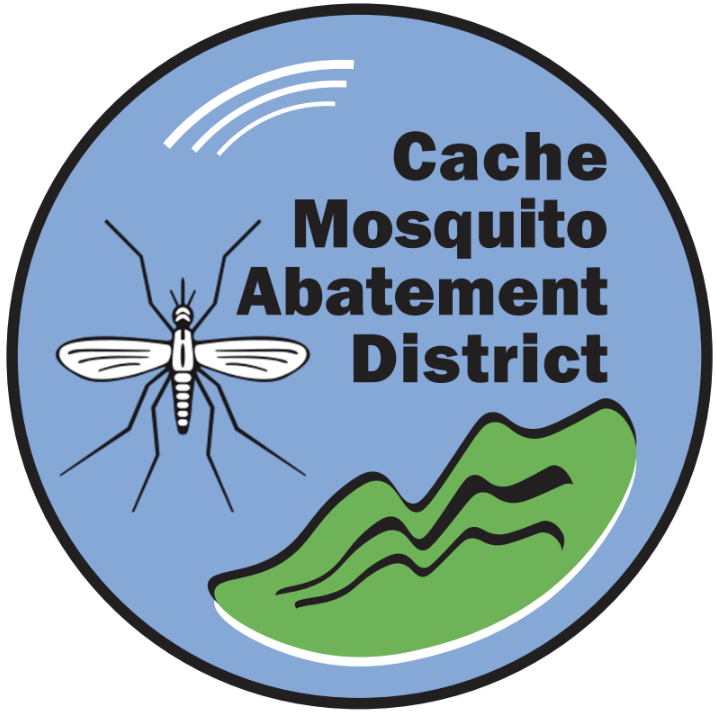Surveillance
CMAD uses a variety of surveillance methods. At the start of each mosquito season, generally sometime in May, our field workers start dipping. They visit standing bodies of water and use a white cup on the end of a pole to dip out some water. Mosquito larva, although very tiny, will show up as dark specks or rods against the white cup. If larva are found, then the larvicide is applied.

Also in May we decide where to place our mosquito traps. Using a CO2 tank to attract the female mosquitoes, we trap them overnight once a week. The traps are collected the following morning and taken back to the lab where the mosquitoes are counted and then, by using a dissecting microscope and strong magnifying glasses, they are also divided into species. In our District, the Culex species of mosquito typically carries West Nile Virus and Western Equine Encephalitis.




